The Global Human Centric Lighting Market is characterized by a dynamic interplay of technological advancements, consumer demands, and evolving industry standards. As awareness of the importance of lighting in enhancing well-being and productivity increases, several players are actively engaging in innovation and strategic partnerships to gain a competitive edge.
The market is projected to grow steadily, driven by several factors including the rise of smart homes, increased investment in sustainable technologies, and growing health-conscious consumer behavior. Companies are focusing on developing energy-efficient and adaptive lighting solutions that not only cater to aesthetic requirements but also foster biological and psychological benefits for users.
With a range of offerings from traditional lighting to smart and dynamic systems, firms in this sector are realizing the importance of designing products that emphasize well-being and human experience, which is pivotal in capturing market share.
Legrand has established itself as a formidable presence in the Global human-centric lighting Market through its commitment to innovation and sustainability. The company's strengths lie in its extensive product portfolio that integrates advanced technology, which promotes energy efficiency and user-centric design.
Legrand's offerings are not only aesthetically pleasing but are also functional, serving the needs of various segments, including residential, commercial, and institutional. The company's global distribution network ensures that its human-centric products reach diverse markets efficiently, while its focus on R&D allows it to stay ahead of trends and meet the evolving demands of consumers.
Legrand's initiatives in promoting green buildings and smart environments further enhance its competitive positioning in this growing market.
Cree is another notable player in the Global Human Centric Lighting Market, renowned for its cutting-edge LED technology and commitment to developing genuinely transformative lighting solutions. The company emphasizes products that promote visual comfort and well-being while simultaneously addressing energy consumption and output efficiency.
Cree's strengths include a robust portfolio that features adaptive lighting systems capable of adjusting to the natural light conditions and users’ activities. The company has actively pursued mergers and acquisitions to enhance its technological capabilities and market reach, thereby strengthening its position in the global arena.
With innovations in smart lighting solutions, Cree aims to shape the future of Human Centric Lighting, fostering an environment that enhances productivity and quality of life. Its keen focus on sustainability and technological integration firmly establishes Cree as a key player in crafting lighting solutions that resonate with modern consumer values.
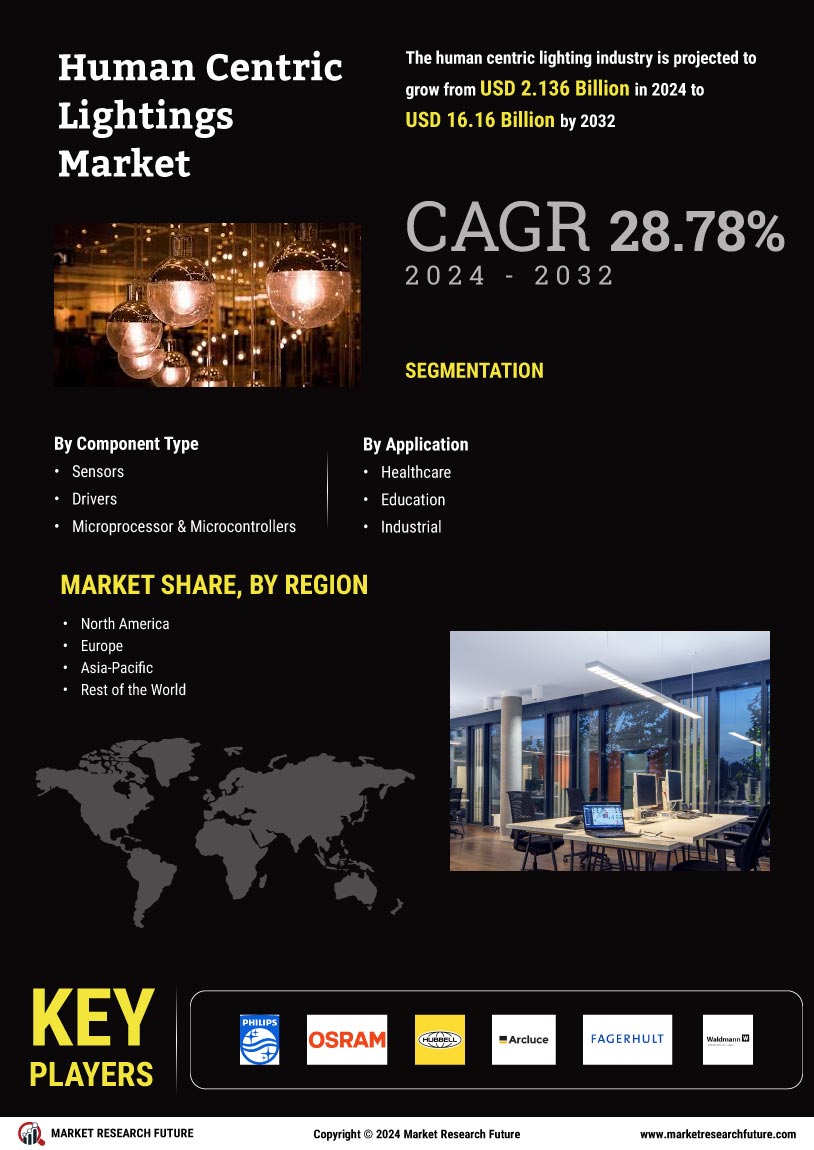
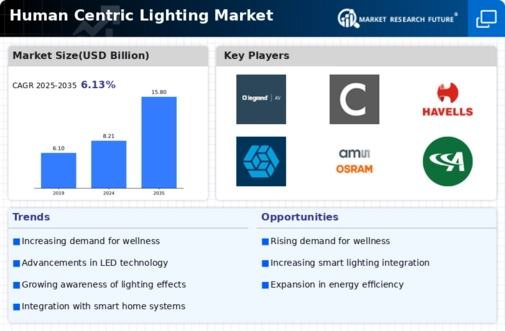
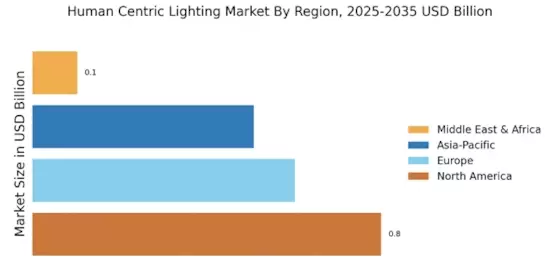


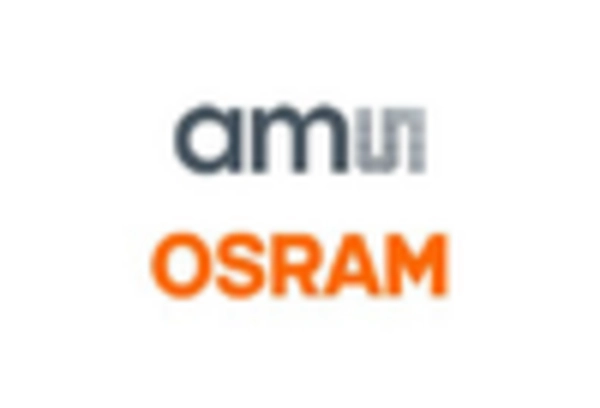

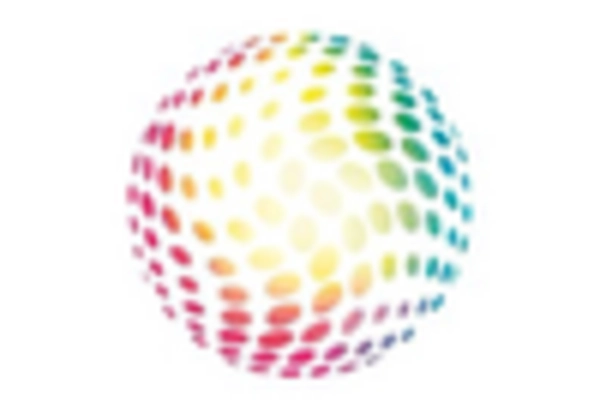
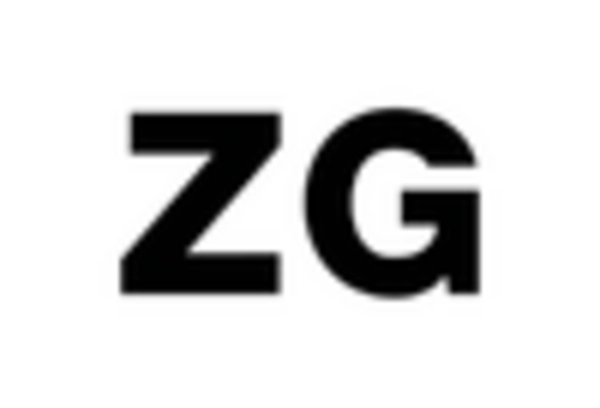








Leave a Comment